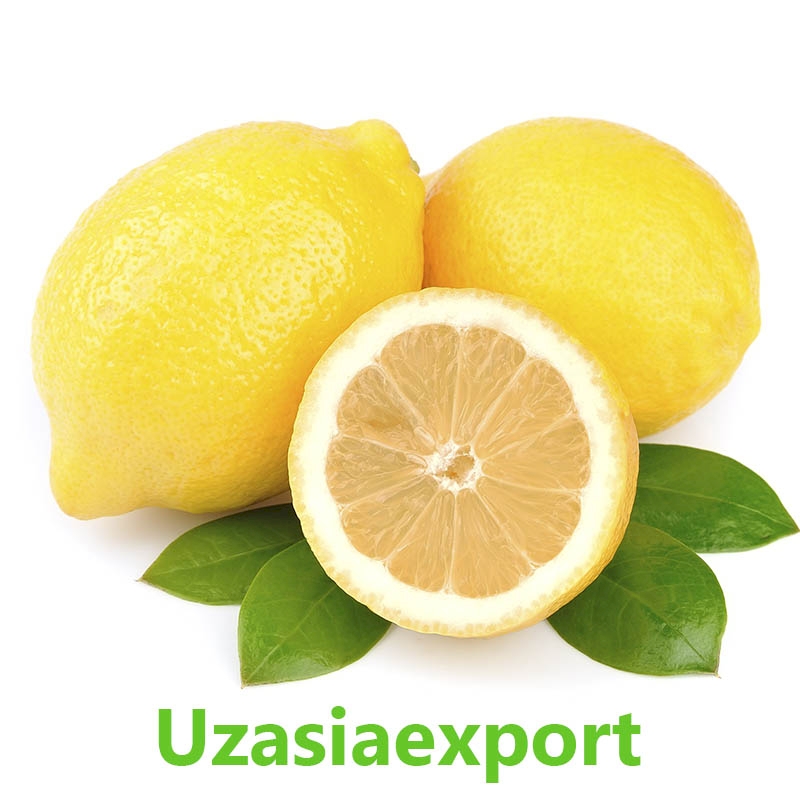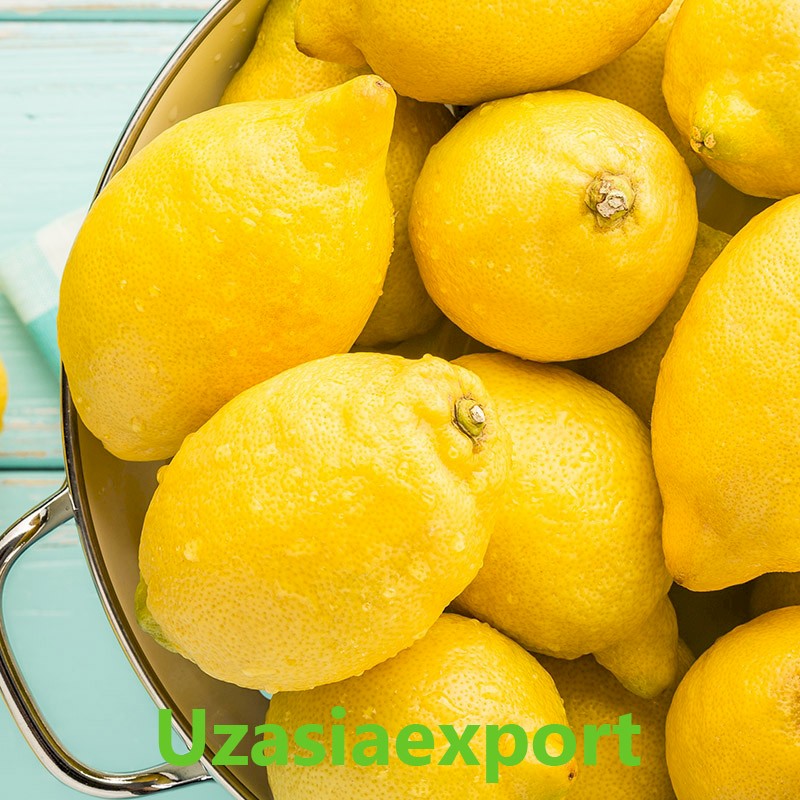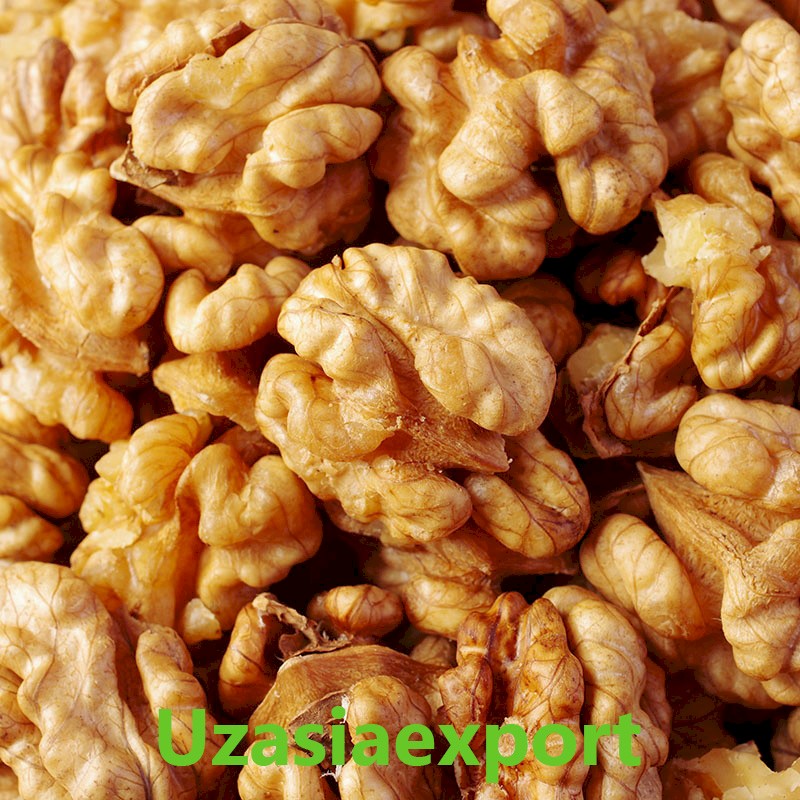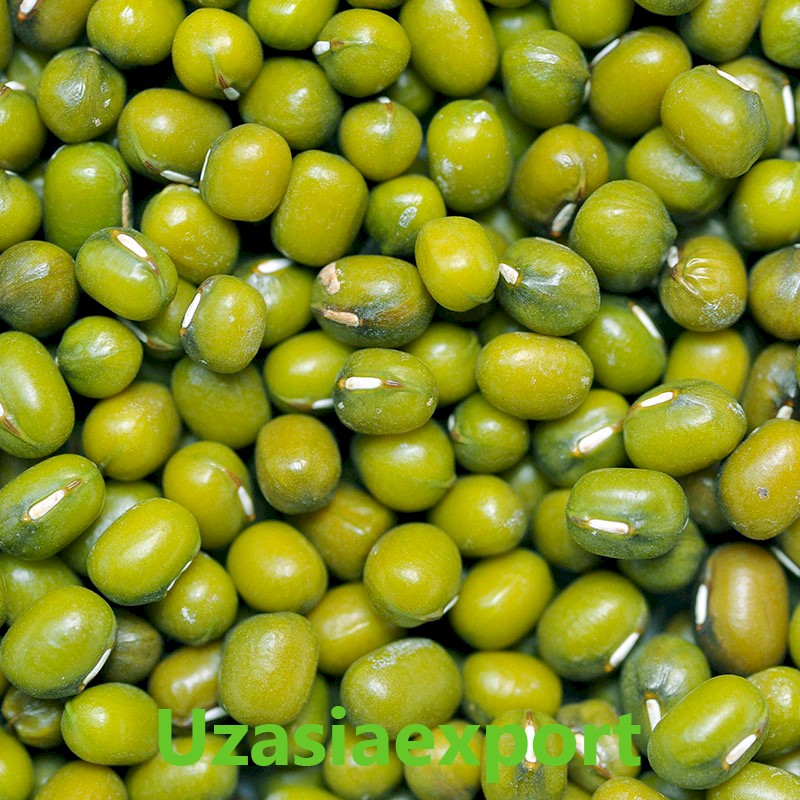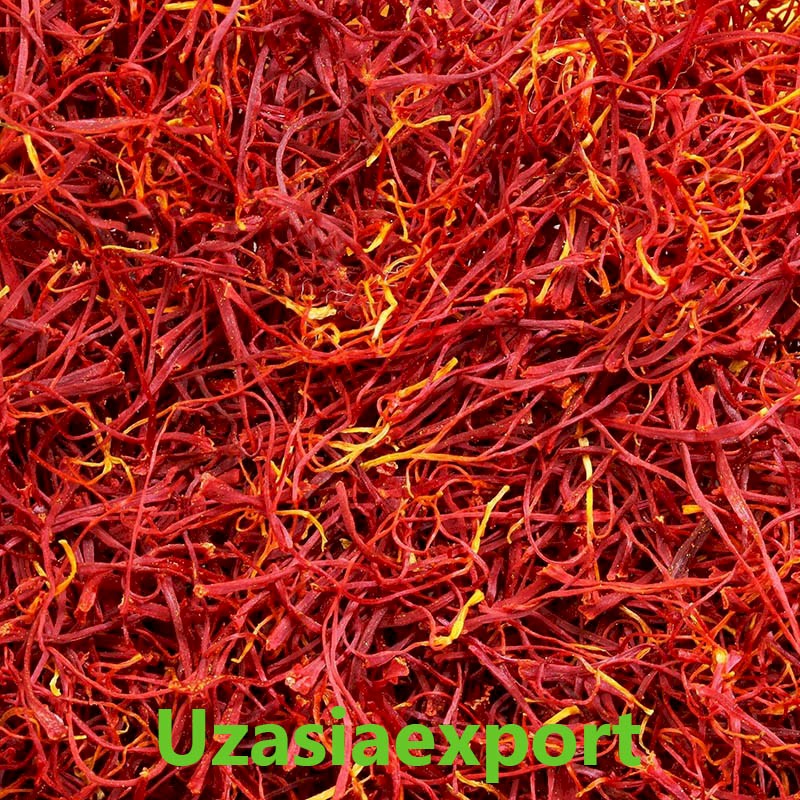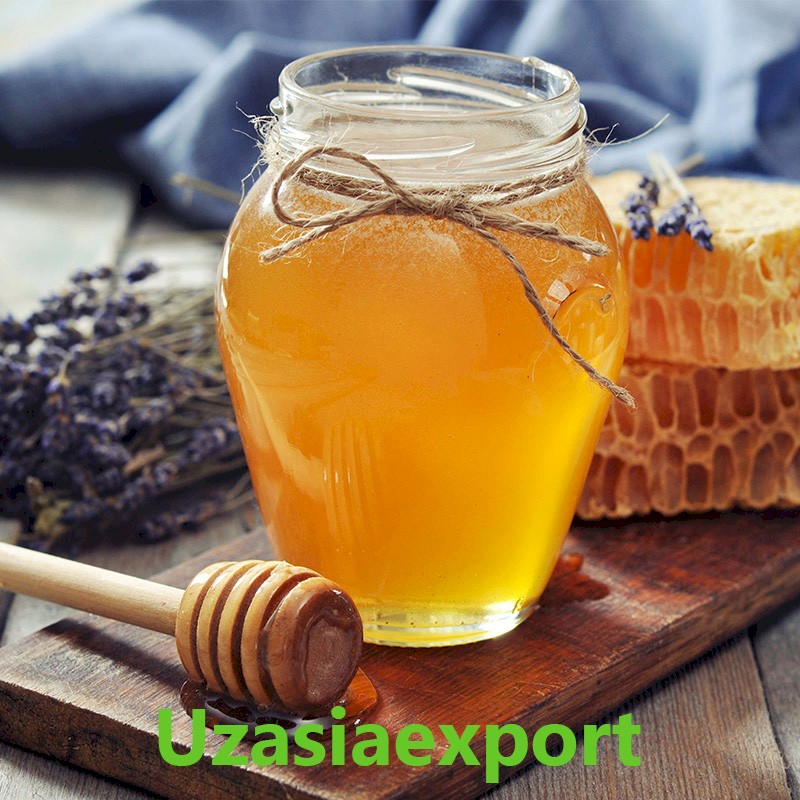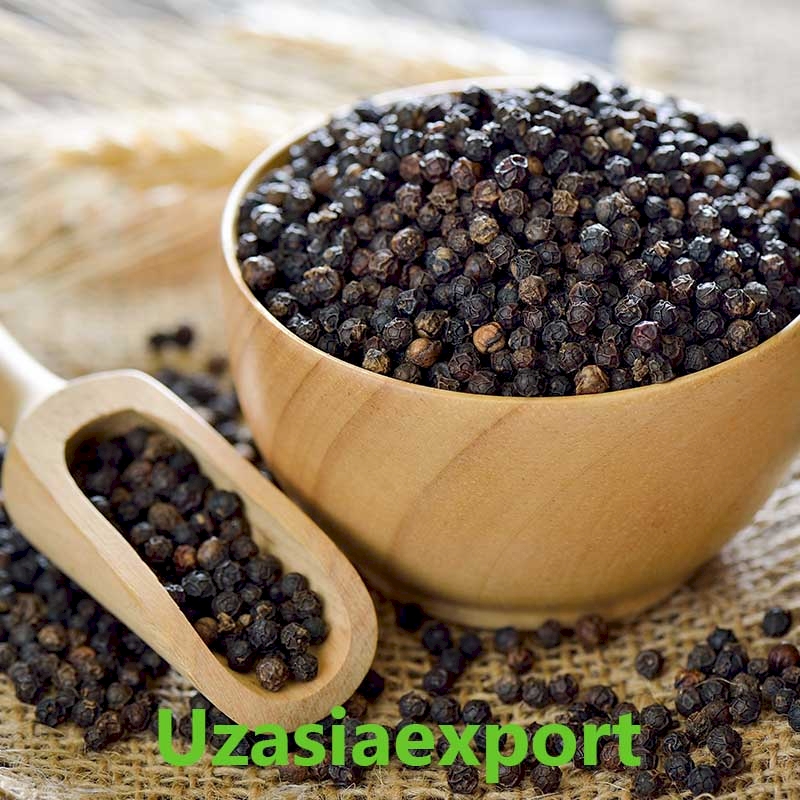Lemon
-
Product category: Fruits
-
Species (Varieties): Yubileyniy Meyer Tashkent
Suppliers:0
Small description
Lemon
Lemon is a fruit subtropical crop characterized by high dietary and medicinal properties. Modern medicine highly values lemon fruit as a means of preventing and treating diseases of the respiratory tract and gastrointestinal tract. Its sour juice is used to make lemonades, food supplements and lemon zest. Fruits and skins are used in the manufacture of confectionery. Essential lemon oil is extracted from its fruit peel.
The lemons are scattered and the branches are thorny. The trees reach a height of 5 m, depending on the variety, grafting, growing and growing conditions. The flowers are self-pollinating, very fragrant, have a distinctive red hue.
The fruits are oval or ovoid, with a sucker-like growth on the tip, the number of branches is 8-10, sometimes up to 12. The weight of the fruit varies from 40 to 400 g, depending on the navigation and agronomic techniques. The skin of the fruit is of medium thickness or thin, turns yellow when fully ripe. The surface is smooth, sometimes with rough convex sebaceous glands, with a distinctive odor and a sour taste typical of lemon. Contains gesperidine, citric acid and vitamin C.
The young branches of the lemon are also reddish-purple in color. Lemons grow 3-4 times a year. The growth of the branches begins with the first leaves, the total useful temperature of which is approximately 1020C in the conditions of subtropical regions of Uzbekistan (in the open). In protected areas, a lemon can grow 3 times, and the fourth. it also occurs when the fall is hot and long. Between growth periods, new leaves and twigs ripen. Like all citrus crops, lemons regularly change their leaves and their stems consist of different branches.
70-90% of the annual growth is suitable for spring. As the plant age increases, the spring-autumn growth rate and the number of branches with different growth periods decrease.
Lemon is the most sensitive to cold among all citrus fruits. The critical temperature for the writing buds is -2-2.50C, the flowers die at -1.50C, the buds at -0.80C, the leaves and annual twigs at -5-60C, the strong damage of the branches at -70C, the whole the death of the tree occurs at -80C. Therefore, in the conditions of Georgia, lemons are grown in the open field only in hot regions, and in relatively colder places in the open ground. In areas where winters are cold, lemons are grown in ditches.
Flowering intensity depends on the condition of the plant in the previous year (feeding conditions, agrotechnics), as well as temperature conditions during the period of bud formation and differentiation (February-March). Flower buds of lemon are formed only in the growth of the current year. On relatively strong growing branches, axillary flowers are formed in small quantities. The total duration of budding and flowering is 45-55 days.
During the period of rapid growth in the spring, the formation of large numbers of generative buds and fruiting branches ensures the simultaneous development of generative and vegetative organs.
The bulk of the fruit buds are formed at the final growth of each individual branch. Most fruit-bearing branches of the lemon develop in spring growth (not only in annuals, but also in kings of two or more years of age). Effective flower buds are much larger in spring growth than in summer-autumn. Fruits and fruiting branches, as a rule, are formed in the upper parts of the growth. The formation of flowers in the current year's growth, the growth of several times a year, and the appearance of fruit-bearing branches in the growth of different periods, biologically exclude the periodicity of the formation of lemons, or at very low rates. The productivity of a tree is determined by the nature of the emergence of new growth and its quantity.
Lemons can be successfully propagated by cuttings. Green cuttings are the main method of growing Meyer lemons in Central Asia, and it is very common here. Varieties such as Lisbon, Villa-Franka, Udarnik, Novogruzinsky are propagated both by cuttings and by grafting on Meyer lemon seedlings.
In the subtropical regions, the following planting schemes are recommended for lemons: 3x4 m for freely formed lemons, 2.5x2 m for tufted forms, 1.5x2 m for stunted forms and 3x3 m for sloping ground-growing forms.
Lemons are selectively cut when ripe. The ripening indicator is the light green color of the skin of the fruit, which has reached the standard size (not less than 4.2 cm in diameter) and begins to turn slightly yellow. The tip of the fruit is picked in blunt special fruit shears. It is important not to damage the skin when picking the fruit. The fruits are carefully cut, sorted into commodity and pomological varieties and sent for storage.

Suppliers of this product
Shown 0 goods from 0
Hot deals
Popular products currently available



